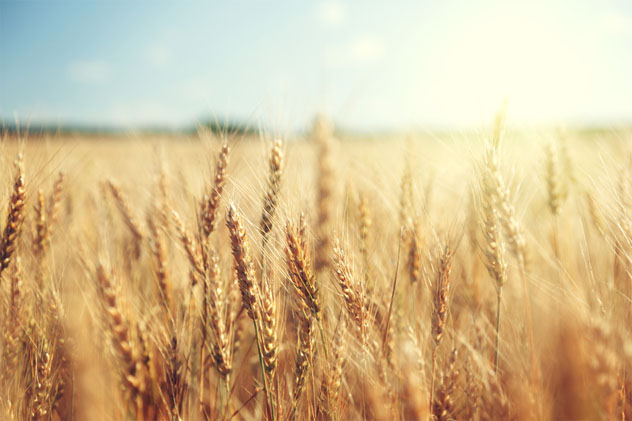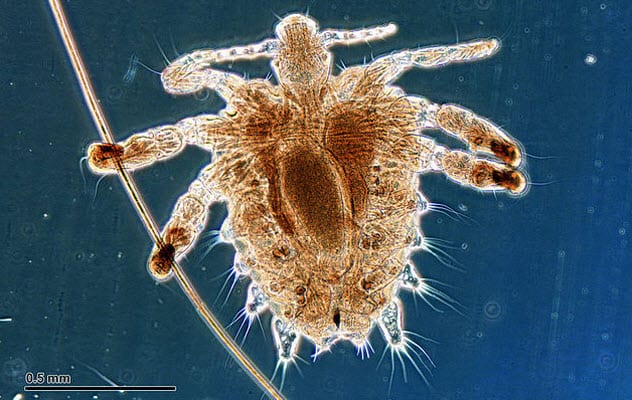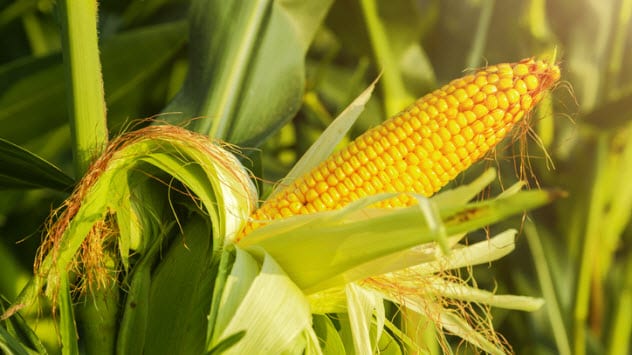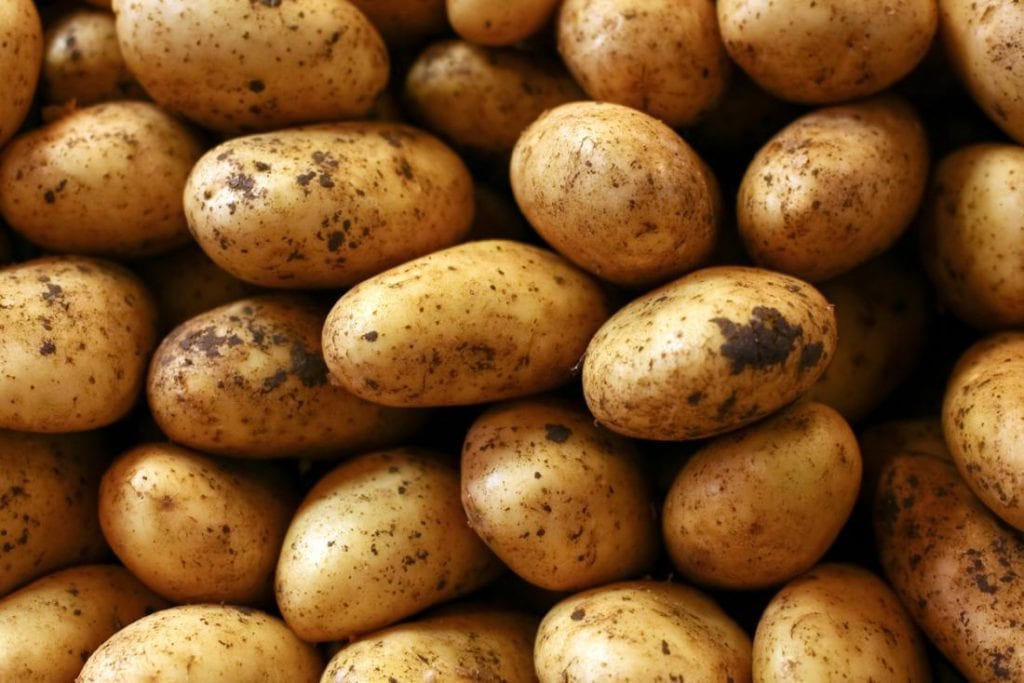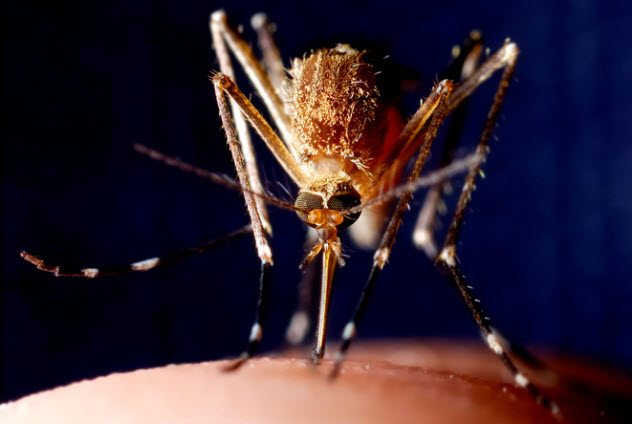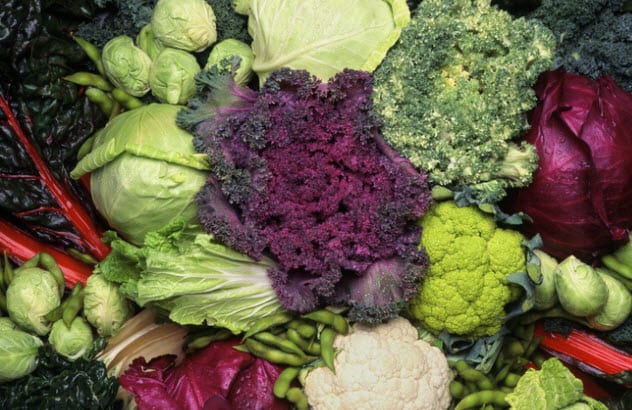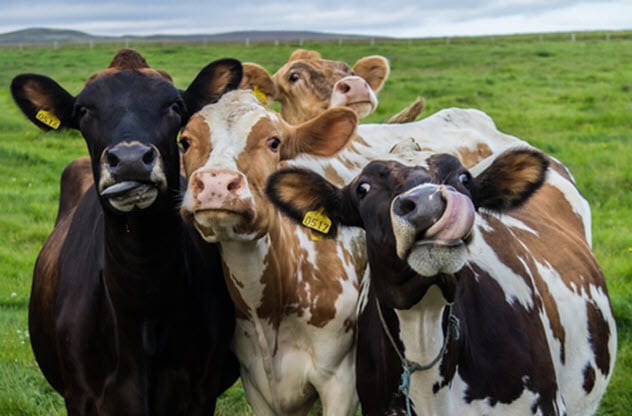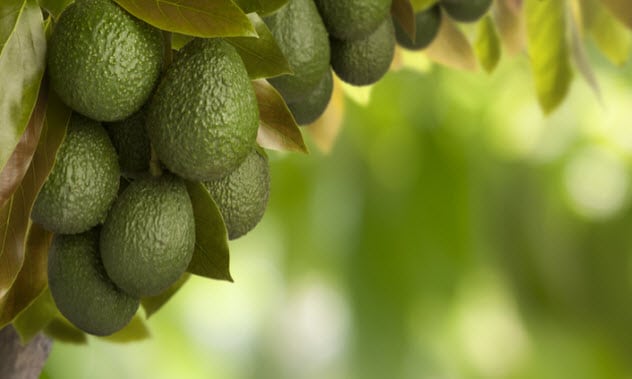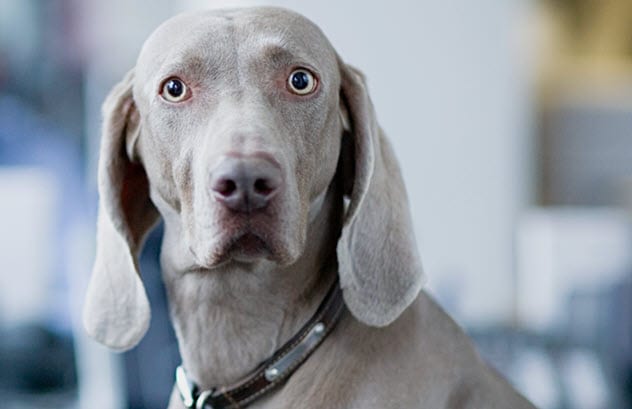As it happens, several species wouldn’t even exist were it not for people. Humans have helped save species from extinction by other animals — we’ve even managed to breed new species into existence through artificial selection, anthropogenic speciation, and other processes. These ten species wouldn’t be here were it not for humanity, and some may surprise you. 10 Fruits, Nuts, And Vegetables You Did Not Know Were Man-Made
10 Wheat
Wheat is a staple crop that sustains humanity worldwide. Still, it only exists through careful and selective cultivation, which turned a wild grass into the basis for nearly every baked good ever made. Wheat was first cultivated around 11,600 years ago in the Fertile Crescent. Humans harvested the crop to develop mutant forms. These mutated grasses yielded larger grains, which retained the seeds through harvesting. Over time, the crop we know as wheat today developed, and it has driven humanity ever since. There’s a theory that humans didn’t domesticate wheat so much as the crop domesticated us. It was the cultivation of the crop that lit the fire sparking the creation of agriculture that led to the development of human civilization. Were it not for wheat, we would still be wandering around, eating berries and whatever else we could find. Once wheat was domesticated, humanity stopped wandering to find food. It’s an interesting concept, but whatever side you take, it’s clear that modern wheat wouldn’t exist were it not for human cultivation of a particularly tasty grain nearly 12,000 years ago.[1]
9 Crab Louse
One of the most annoying parasites on the planet is the louse, more commonly referred to as body lice. Most animals with hair have to deal with these vermin. When it comes to humans, there’s a unique pairing that subjects us to two different species of these parasites. Head and body lice are a common problem for other primates, which is why you often see monkeys and apes picking insects out of one another’s hair and eating them. We “enjoy” two such species for humans and are the only organisms on the planet to have this kind of pairing. Humans deal with lice like other animals, but we’re the only ones subjected to a separate species that attacks our pubic region. The crab louse (P. pubis) evolved separately from the genus Pediculus to thrive on the coarse hair that grows in our pubic region. The species infects around 2% of the global human population and are primarily transmitted through sexual activity. Fortunately, they aren’t known vectors for disease, as they make up for that just by being where they are. The species wouldn’t exist were it not for humans, though it’s one humanity wouldn’t mind eradicating.[2]
8 Corn
Corn is a staple crop used worldwide for everything from cattle feed to artificial sweeteners. Still, it only became that way, thanks to humans. In its natural state, corn looked nothing like it does now, but thanks to the indigenous peoples of Mexico about 9,000 years ago, a species of grass became one of the most important food sources on the planet. Artificial selection of various crops helped yield the modern plant we call corn (maize). Plants were chosen based on the size of the ears and kernels they produced. As their ancestor, teosinte, doesn’t naturally produce anything like modern corn. The domestication of corn began around 9,000 years ago, but its history is split into multiple waves. The first saw corn domestication in the Andes. This was followed by a second wave some 2,000 years ago in the lowlands of South America. The difference between modern corn and its natural ancestors is staggering. The earliest known corn plants produced ears that measured only around one inch (25mm), and only one was produced per plant. Modern corn grows ears of around 6.5-7.5” (165-177mm) with multiple ears per plant.[3]
7 Goldfish
Goldfish are a perfect example of selective breeding because the fish we now win at carnivals wouldn’t exist if not for humans. Goldfish, as we know them, have only been around for about 1,000 years. Modern goldfish are a subspecies of carp that were selectively bred to achieve the specific coloration and body style considered the most desirable. Initially, the Asian carp was bred as a source of food, but things began to change around the Jin Dynasty (265-420 AD). During that period, people noticed the mutation that developed bright red, orange, and yellow scale colorings, so they opted to breed those fish with similar-looking individuals. Over time, a yellowish-orange coloring became dominant, and the fish started to populate ornamental ponds and water gardens by the Tang Dynasty (618–907 AD). The golden coloring is contrary to the natural silver coloration found in Asian carp, so people kept breeding in the more desirable colorations. People kept mucking about with the breeding until the modern goldfish (C. auratus), as we know it in its many forms, became a popular ornamental and pet fish around 1,000 years ago.[4]
6 Potatoes
Potatoes are another significant global crop, but they only exist via millennia of selective breeding from a single species that began some 7,000-10,000 years ago. The species S. brevicaule was domesticated by the indigenous people of Peru. Because of their work, we now enjoy thousands of different types of potatoes. Potatoes (S. tuberosum), as we now know them, began as bitter and mostly inedible. As the species was developed into the one we know today, it became one of the most important crops in South America. It’s believed that the potato was largely responsible for a population boom between 1700 and 1900. One of the reasons the potato is such a prominent species with so many variations is its ability to grow new plants from existing tubers. All you need to do is cut a potato into 2” (5.1cm) sections and replant them. It’s one reason the hybridization of potatoes has become relatively easy. Widespread cultivation and distribution of potatoes have helped it become one of the most important staple crops in the world. Every year, millions of tons of potatoes are eaten all over the world, which is impressive, given how the plant started.[5]
5 The London Underground Mosquito
Not every organism sustained or speciated into the world was done so purposefully. The London Underground mosquito (C. molestus) only exists, thanks to our penchant for digging around in the ground to make it easier to get from one place to another. C. molestus was first discovered in 1775, and the species likely arose through an adaptation to human-made underground systems. While it gets its name from the London Underground, where it’s been found to reside, the species was first discovered in Egypt long before the Underground was constructed. It has since been found throughout North and South America, Europe, Asia, Africa, and Australasia. These mosquitoes are unlike any other species, as they’ve completely adapted to subterranean living. In New York City, they can be found living in the sewers and subway systems, though they leave these places to feast on human blood. People often find them entering their homes through air vents through basements and other underground locations. The species developed so that it has become fully suited to live in urban environments, which is unusual for mosquitoes. They cause numerous problems, including the spreading of West Nile Virus, Ross River virus, and other common diseases carried by the pests.[6]
4 Lots of Greens
Kale, Collard Greens, Kai-Lan, Cauliflower, Cabbage, Brussels Sprouts, Kohlrabi, & Broccoli are enjoyed daily by billions of people worldwide. These veggies wouldn’t exist were it not for humanity, and their development is rather interesting. While all of those vegetables are quite different, they are also technically the same plant. The species B. oleracea is a wild cabbage found throughout much of Europe. In its natural form, it’s mostly inedible… technically, you can eat the leaves and stems raw. Still, most people would prefer the cultivated forms of this biennial plant. The cultivation of wild cabbage began sometime around the fifth century BC in the northern Mediterranean region. Humans began using artificial selection to choose the traits they favored, which resulted in numerous variations that look drastically different from one another. Kale was the first variation developed around the fifth century BC. This was followed by the cultivation of kale plants into cabbage and kohlrabi around the first century. By the 15th century, cauliflower and broccoli came into existence, and in the 18th century, Brussels sprouts came into existence.[7]
3 Cows
If you know anything about anthropogenic extinction, you likely know of the auroch, a species of Eurasian wild ox that went extinct in 1627. Folks used to love eating those hearty cattle, but they’ve been extinct for centuries. Fortunately, we have the modern cow (B. taurus), which is widely spread across the planet, with some 1.5 billion individuals estimated in 2018. Modern cows are believed to have been domesticated by humans from a single herd of aurochs that lived 10,500 years ago. Through genetic analysis, it is theorized that around 80 individuals from that herd of aurochs were domesticated. Every single head of cattle that exists today came from those individuals. Human domestication from that herd has resulted in over 1,000 separate breeds. Many of these animals have adapted to their local climate. In contrast, others were bred for specific purposes by humans, including labor, meat, and milk. There remain several wild breeds of cattle, but the domestic cow we use for beef consumption and dairy products was brought into the world via human intervention and artificial selection.[8]
2 Avocados
Interestingly, the avocado isn’t an example of a species we bred into existence through cross-pollination or anything like that. Instead, we loved eating them so much, we ensured they survived following a major extinction event. Avocados developed during the Cenozoic era when North America was the home of giant ground sloths and other large species. The fruit attracted these animals, which would eat them and deposit their large seeds in their excrement, leading to the growth of more avocado trees. When those large species died out some 13,000 years ago, the avocado wasn’t far behind. With the loss of North American megafauna, the avocado lost its ability to propagate through their excrement. Fortunately, a new species was around back then, and homo sapiens were more than happy to eat the avocado tree’s delicious fruit, ensuring it would survive the loss of North America’s megafauna. Humans cultivated the plant from the wild varieties. Over time, they developed into the avocados we know and love today. Had humanity not found them so tasty, it’s likely the avocado would have gone extinct some 12-13,000 years ago.[9]
1 Dogs
When it comes to artificial selection, dogs are probably the best-known example. Dogs, as we know them, wouldn’t exist were it not for humans. Our history with man’s best friend goes back further than recorded history, making them some of the most important species to human development. Dogs are a divergent species of the Grey Wolf, and as anyone who has seen a dog can attest, most breeds look nothing like wolves. That’s due to the polymorphic breeding humans have undertaken over the millennia, as we’ve primarily focused our dog-breeding attention on selective traits that aid in hunting, shepherding, and gathering. Early dogs (C. l. familiaris) were bred to take advantage of their strength and ability to hunt. We fed them, and in turn, they protected us and helped us hunt, which worked out into a mutually beneficial arrangement for both species. Over time, we began developing dog breeds for other purposes, which is why we have dogs like pugs, chihuahuas, and Labradoodles. These pups aren’t so great at aiding humanity as they are at cheering us up and being excellent companions. Sadly, as any dog owner knows, modern breeds are subjected to numerous genetic ailments due to the way they were initially bred while older breeds tend to live longer, healthier lives.[10] 10 Foods That Have Been Genetically Modified Beyond Recognition Read More: Twitter Facebook Fiverr JonathanKantor.com
